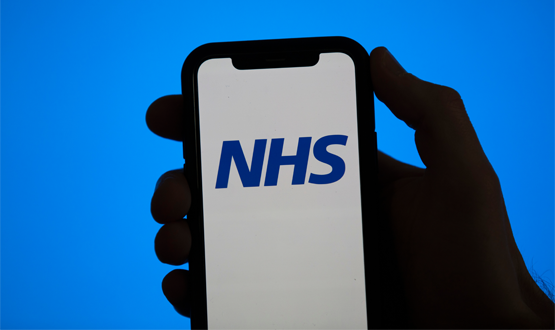IT funds to come from transformation pot
- 5 January 2016

NHS England has indicated that 2016-17 may be the last time that new, central money for IT will be distributed through a dedicated technology fund.
In its planning guidance for the coming financial year, the commissioning board says the intention is to shift to a “new, wider, national 'Sustainability and Transformation Fund'”, built around the additional funding for the NHS that the Treasury found in the autumn spending review.
Allocations from this new fund will be based on local ‘Sustainability and Transformation Plans’ which health and care organisations must now complete by June, for assessment in July and publication in October.
The planning guidance says these plans should be an “ambitious, local blueprint for accelerating implementation of the Forward View [the plan to close a projected £30 billion gap that could otherwise open up between NHS funding and demand by 2020-21 that was issued by NHS England chief executive Simon Stevens in October 2014]."
The guidance says: “STPs will become the single application and approval process for being accepted onto programmes with transformational funding for 2017-18 onwards.
“The spending review provided additional, dedicated funding streams for transformational change, building up over the next five years.
“This projected funding is for initiatives such as the spread of new care models through and beyond the vanguards [the pilot sites set up to test out the new service models in the Five Year Forward View], primary care access and infrastructure, technology roll-out and to drive clinical priorities.
“Many of these systems of transformation funding form part of the new, wider national Sustainability and Transformation Fund. For 2016-17 only, to enable timely allocation, the limited available additional transformation funding will be run through separate processes.”
The Five Year Forward View argues that £22 billion of efficiency savings can be found from a new focus on prevention and from new service models; many of which will require better data for planning and new IT to support integrated care.
The rest of the money is due to come from the government. The Conservatives promised during last year’s general election campaign that they would deliver an additional £8 billion a year to the NHS by 2020-21.
In the spending review, Chancellor George Osborne announced an additional £8.4 billion, some of which will be frontloaded to address the current crisis in acute finances and to pump-prime transformation initiatives.
Treasury documents indicated that £1 billion would be spent on technology over the five years. Just before Christmas, health secretary Jeremy Hunt indicated that at least some of this would be used to provide free wi-fi across the NHS.
The planning guidance, issued in the name of the commissioning board and five regulatory or adivisory bodies, says the money is “a credible basis” on which to implement the Five Year Forward View, to restore financial balance, and to deliver the access and quality standards set out in the NHS constitution.
But it warns “the scale of what we need to do in the future depends on how well we end the current year” and on making an early start on “prevention and care redesign.” In particular, it warns acute trusts to focus on transformation rather than on trading their way out of trouble by increasing activity.
In previous years, the policy and planning guidance has had a major impact on IT. In 2009, it encouraged a shift of focus away from the struggling National Programme for IT in the NHS and towards the implementation of the ‘Clinical 5’ applications that were supposed to reinvigorate clinical interest in technology.
In 2013, it pre-empted Hunt’s call for a ‘paperless’ NHS by 2018 by promoting the use of electronic patient record systems and a big uptick in the use of the data. And in 2014, it flagged the importance of local digital roadmaps and the adoption of the NHS Number.
This year’s planning guidance, with its focus on finances, core targets and planning to implement the Five Year Forward View, lacks a similar focus.
However, it does call for the use of e-rostering and similar software to improve workforce management and tie workforce planning more tightly to other goals. It also reminds the NHS of previously issued targets for online and app access to GP records, booking and prescription services.




